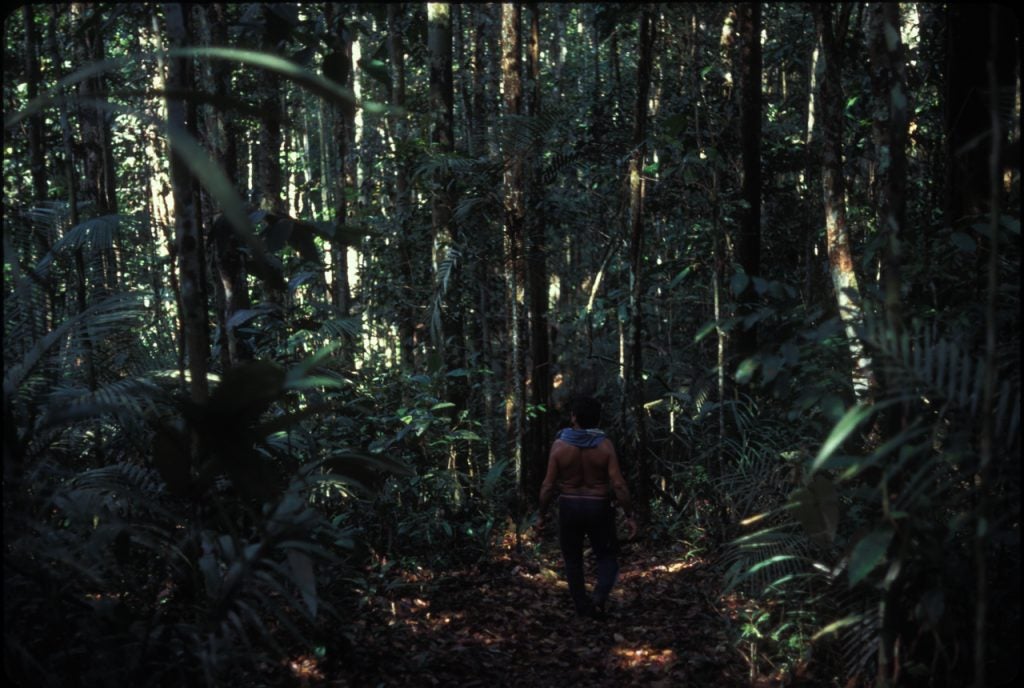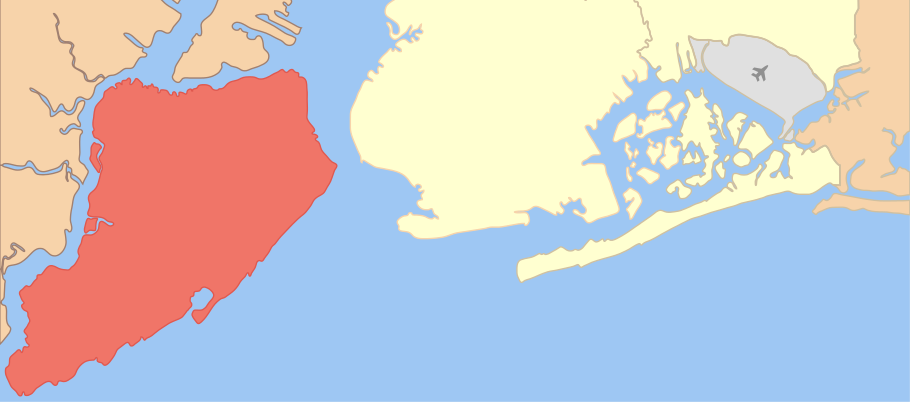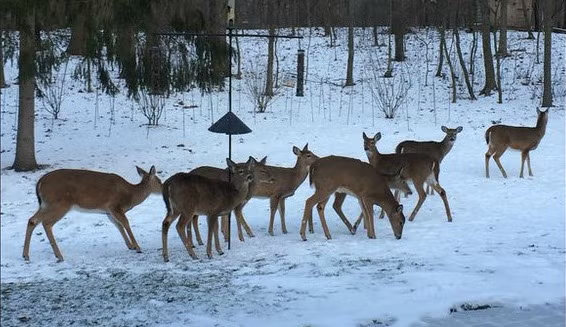Summary: This post links to videos of Lecythidaceae tree species identifications from the Brazilian Amazon. The videos should be useful for students of Amazon botany. They also serve as metadata for botanical and DNA collections from mapped and tagged trees at the Biological Dynamics of Forest Fragments Project.
Author: Christopher William Dick
Shining light on a neglected tropical disease: Leishmaniasis
Summary Leishmaniasis is an emergent protozoan disease that afflicts over 12 million people worldwide. After years of working in proximity to the Leishmania parasite, I contracted Leishmaniasis for the first time this year. In this post I share my experience. First, based on my own parasite’s species ID, the geographic ranges of Leishmania appear poorly known. This biogeographic ambiguity does impact diagnoses. Second, treatment in the U.S. is outrageously expensive (>$56k for 84 miltefosine pills), even though public funds paid for much of the R&D. I invite others to share their experiences with Leishmaniasis as a way to spread awareness of the disease and the political factors that keep effective treatments out of the hands of many.

Statement on Ann Arbor’s deer management budget amendment
Here is the statement I plan to read at the Ann Arbor City Council meeting on October 16, 2017. Here is a link to the issue at hand. Constructive feedback and questions are welcome.
————————-
“I am a biologist from the University of Michigan. However, the following are my views and not those of the University.
I am here to support the amendment that will allocate deer management funds to this year’s budget. My understanding is that this amendment will not add any new cost – it’s just a shuffling of previously obligated funds.
I became involved in deer management as director of UM’s E.S. George Reserve, which is located in Livingston county. In 1930 six whitetail deer were introduced in the reserve. In six years that number increased to 160 deer. UM biologists learned about the exponential growth rates of whitetail deer. They also noted that deer overabundance destroyed the forest understory and stopped forest regeneration. In order to maintain ecological balance, UM has periodically culled its deer herd since the early 1940s.
Putting budgeted resources into the cull now, instead of later, makes sense. If we are able to reduce Ann Arbor’s urban deer population to a more sustainable level – by sustainable, I mean a deer abundance that permits natural forest regeneration – this will have an immediate positive impact on our natural areas.
The herd reduction will help to stave the spread of ticks that carry diseases such as Lyme Disease. Black-legged ticks and Lyme Disease have recently been documented in Washtenaw County.
Culling the herd can actually help the deer, by reducing the spread of deer diseases that may be exacerbated by overabundance. In the past five years, there has been an Epizootic Hemorrhagic Disease (EHD) outbreak in Rochester Hills, MI. Chronic Wasting Disease (CWD) has decimated a deer population near Lansing.
Budget-wise, I would like to note that Ann Arbor is something of a model for how effectively deer management can be done. Staten Island, for example, has a deer herd similar in size to ours, but they are spending $3.3 million over a three-year period to reduce their herd. We are spending a fraction of that amount and, in my opinion, the combination of culling and sterilizing some females is much more effective.
I’d like to note that an effective cull in one year may preclude having to do a cull in some future years. At the George Reserve, we have not had to cull deer for several years. We have a lush forest understory with diverse herbaceous plants and native tree seedlings, unlike any of Ann Arbor’s parks at this time. We suspect that coyotes, which eat the fawns, are keeping the herd size down.
In summary, I can see no downside to this budget amendment.
Thank you for your attention and for being stewards of Ann Arbor’s natural areas.”
News item on Jordan’s curatorial project
Part of Jordan Bemmels‘ Graduate Student Curatorial Assistantship (GSCA) focussed on the relatively neglected but unique wood collections at the U-M Herbarium. This news piece describes some of what Jordan learned and accomplished. Jordan’s work uncovered some fascinating history and provided him with a firm foundation in museum curation.
Resurrecting an Amazon forest inventory of the Brazil nut family (Lecythidaceae)
Summary: The Brazil nut family – Lecythidaceae – is one of the most important families of trees in the Amazon basin. Yet compared to tree families of temperate forests, the group is extremely understudied. In collaboration with Brazilian colleagues, our lab has selected neotropical Lecythidaceae as a model clade for integrated studies of systematics, ecology and evolution in Amazon trees. This post summarizes a few interesting features of the group, and describes plans to revive a Lecythidaceae research project near Manaus, Brazil.


A critical take on “Persistent effects of pre-Columbian plant domestication on Amazonian forest composition”
Summary: Levis et al. (SCIENCE03 MAR 2017 : 925-931) challenge the idea that Amazon forests were largely untouched by humans prior to 1492. Specifically, they show that forest plots near archeological sites are enriched with useful tree species relative to plots located farther away from these sites. This is an intriguing finding, but the idea that prehistoric gardening has broadly shaped Amazon forests is problematic: (1) Amazon forest inventory plots are spatially biased toward human settlements (both ancient and modern) so broader extrapolation is not warranted; (2) Most useful tree species have short lifetimes and their local enrichment should not persist after several hundred years; (3) Amazon people still care for these useful tree species, making it it difficult (if not impossible) to disentangle ancient and modern impacts. The simplest interpretation is that Amazon research plots are often established in forests used by rubber tappers, small-scale farmers, or other recent peoples.
Staten Island’s buck sterilization plan: what could possibly go wrong?
Summary: Staten Island is confronting urban deer overabundance with a plan to sterilize all of its male deer. Animal rights groups praise the plan as forward looking and humane, but it is neither. It will be difficult to implement, wildly expensive, and it will alter the reproductive behavior of male and female deer, leading to an increase in vehicular collisions and physiological stress. A deer cull — possible even in Staten Island — would give the remaining deer a more natural life and improve deer-human interactions.
Narrow channels isolate Staten Island (red) from New Jersey (orange) and New York City (yellow). https://commons.wikimedia.org/w/index.php?curid=10668334
In Ann Arbor deer management has been a hot news item for nearly a year. When it comes to non-lethal methods, someone occasionally brings up the possibility of buck sterilization (i.e. vasectomy). The idea is rejected fairly quickly. Unlike the more sedentary female deer (does) bucks travel broadly and they are polygamous; i.e. they will mate as often and with as many females as they can. If you manage to sterilize one buck, another will come to take its place. Read More
The pseudoscience of non-lethal deer management
Summary: Following a controversial deer cull, the city of Ann Arbor is considering non-lethal methods to deal with its burgeoning deer population. The Humane Society of America (HSUS) has aggressively promoted these methods in Ann Arbor and elsewhere but their scientific rationale is misleading at best. This post discusses biological misinformation at the heart of the HSUS deer campaign.
Whitetail deer photographed from an Ann Arbor home on January 20, 2016. The large numbers of yearlings suggest that the herd is undergoing an exponential growth phase.
Ann Arbor recently approved a deer cull in which marksmen shot 63 deer; the venison was distributed to the needy. Although the cull was planned with public input and an emphasis on safety, opposition groups protested relentlessly and filed lawsuits (some still pending) to halt the cull. A full listing of MLIVE articles on the topic can be found here. The timeline and local political context can be found here and here.
Read More
First Review of “Michigan Shrubs and Vines”
The first review of Michigan Shrubs and Vines, by Barnes, Dick and Gunn is out in The Michigan Botanist:
Huft — Review of Michigan Shrubs & Vines — Mi Bot 54 1-2
This book is not yet published (the reviewer read the uncorrected page proofs) but it will be soon. The book is the companion to Michigan Trees, by Barnes and Wagner.
Welcoming Tamara Milton to the lab
We are delighted to welcome Tamara Milton as a new PhD student in the lab starting this fall. Tamara graduated from Bucknell University with a dual degree in Biology and Environmental Studies and a minor in Spanish (Magna Cum Laude). Following her 2012 graduation, Tamara spent two years as a Peace Corps volunteer in Paraguay promoting environmental conservation. This past summer, Tamara did ecological studies in Sleeping Dunes, Michigan focused on climate change impacts on federally threatened Pitcher’s thistle. Tamara is interested in doing conservation-oriented ecological research in Latin America.

